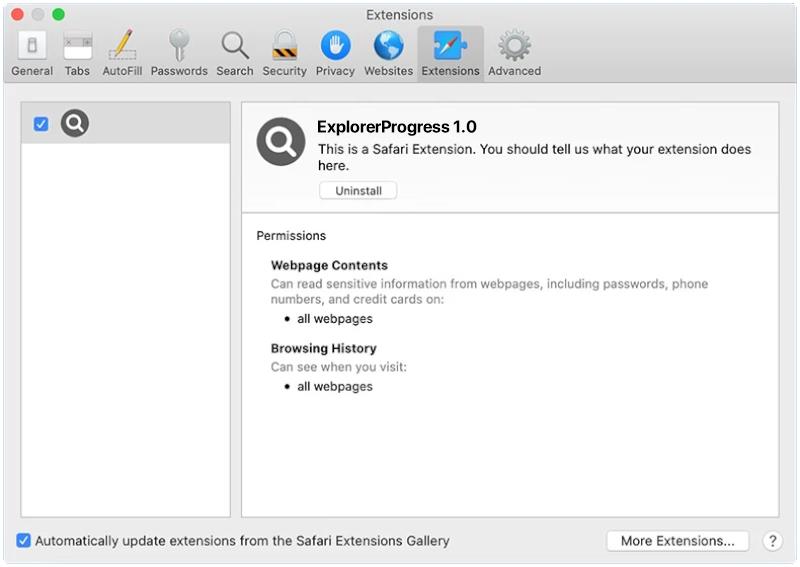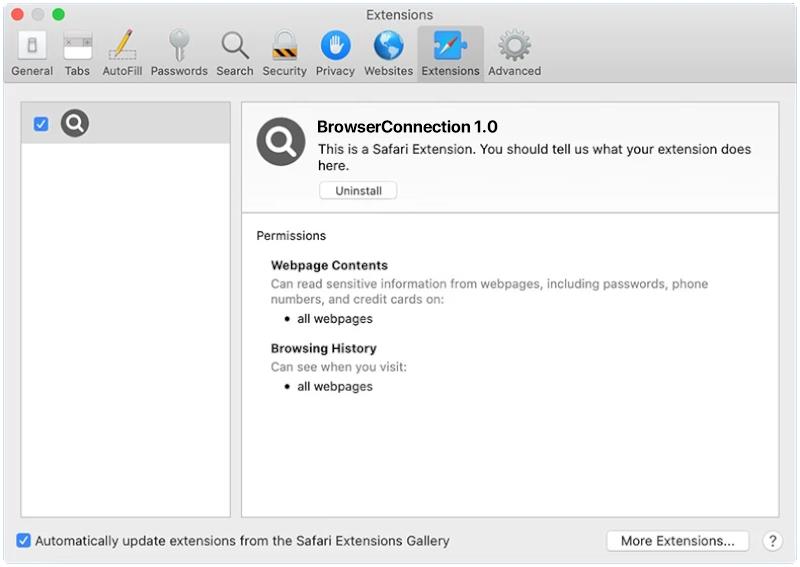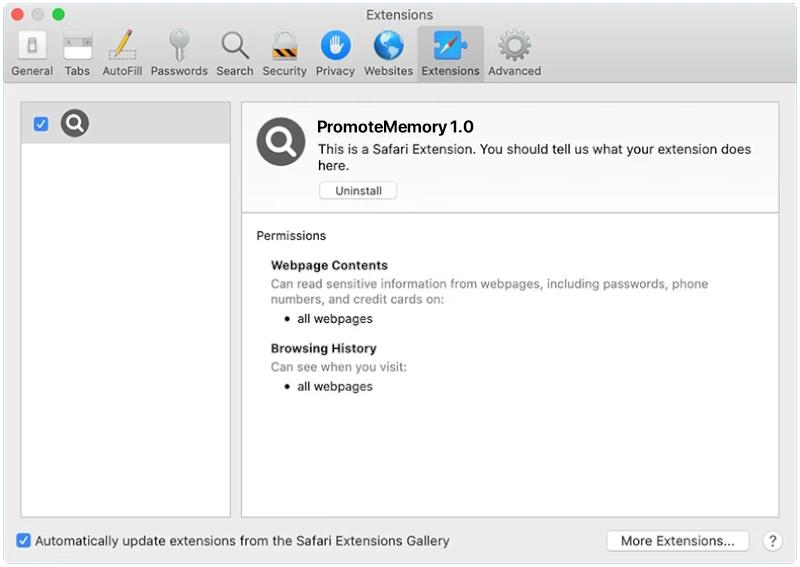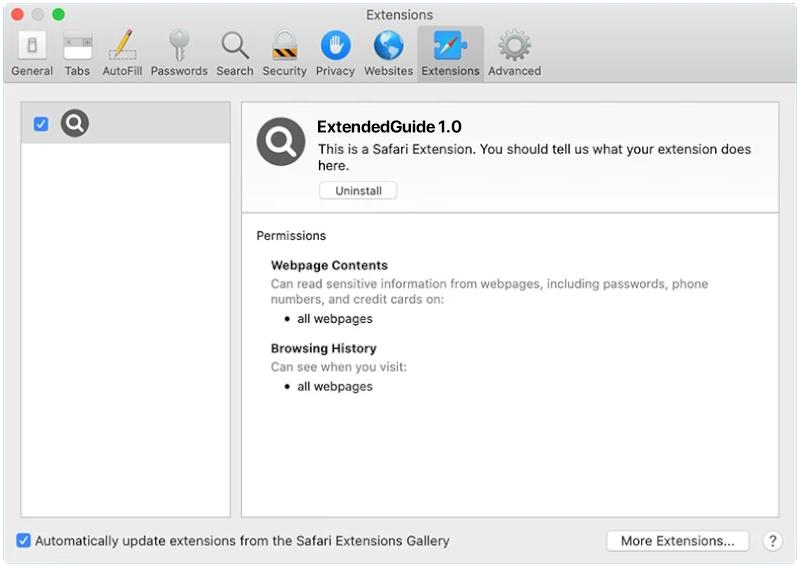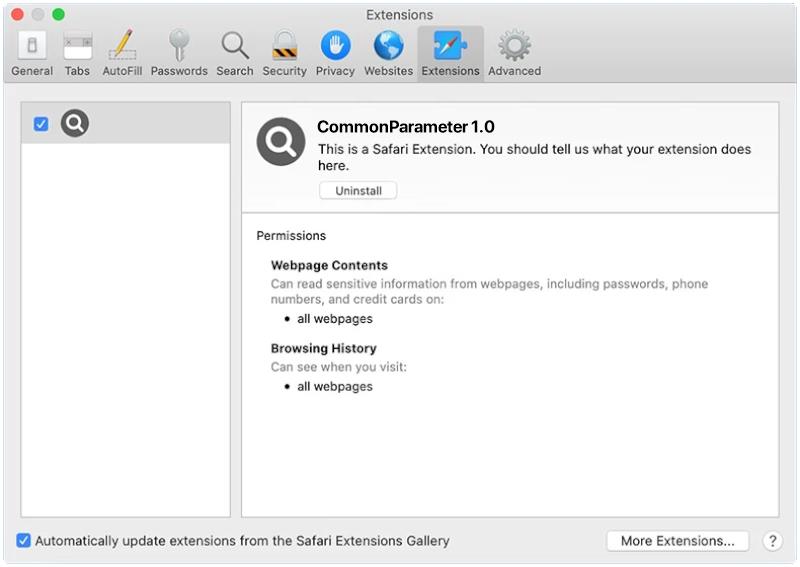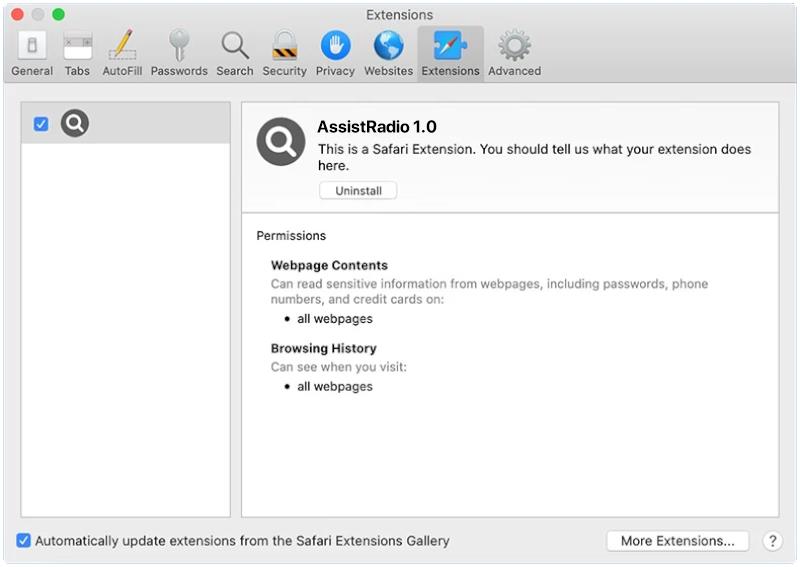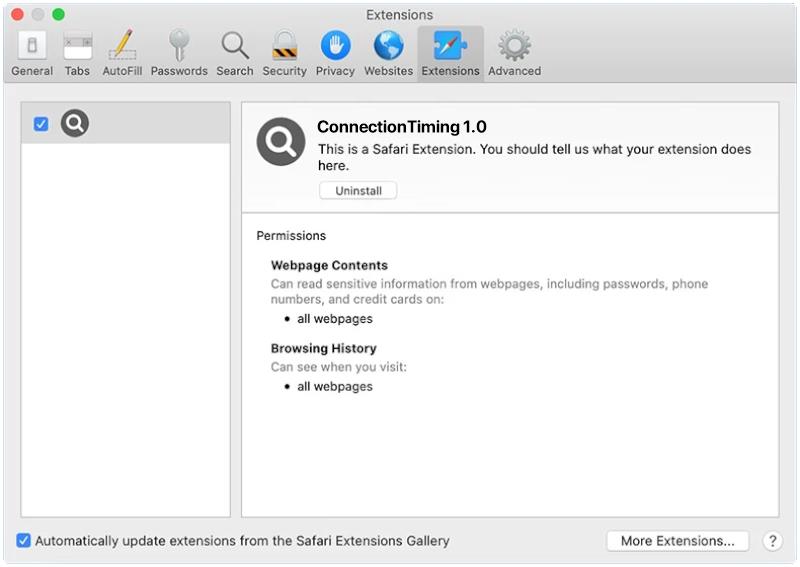ExplorerProgress is a type of potentially unwanted program (PUP) that infects Mac computers. It typically gets installed on the system without the user’s knowledge or consent, often bundled with freeware or shareware applications. Once installed, ExplorerProgress may start displaying intrusive pop-up ads, redirecting the user’s web browsing to sponsored websites, and collecting various data about the user’s online activities.
ExplorerProgress can also modify browser settings, such as the default search engine and homepage, to promote specific websites or services. This can result in a degraded browsing experience for the user, as well as potentially exposing them to malicious content. To remove ExplorerProgress from a Mac computer, users can try running a reputable anti-malware program to scan and remove any potentially malicious files associated with the PUP. Additionally, users should be cautious when downloading and installing software from the internet and always opt for custom installation to avoid installing unwanted programs like ExplorerProgress.

